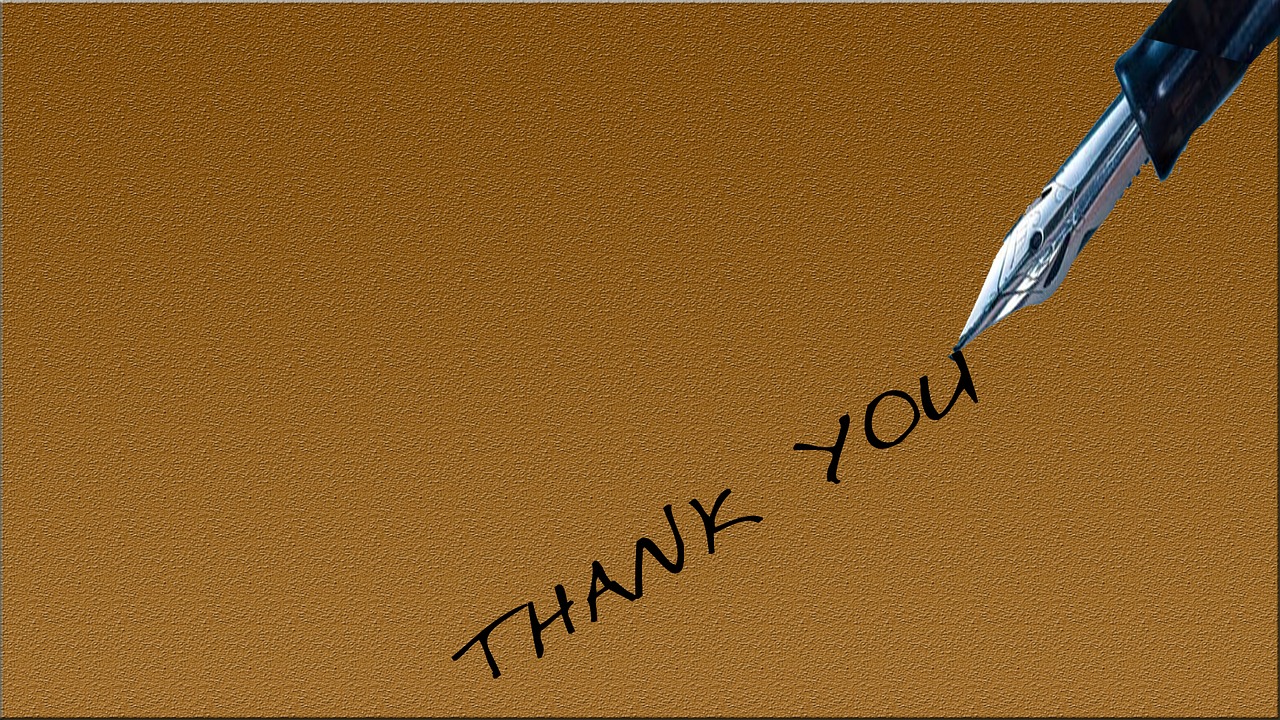Build a Culture of Gratitude at Work to Improve Engagement:
Make Thankfulness Part of the Organization's Culture

Thanksgiving has become synonymous with the Macy’s parade, college football, a meal that leaves us way too full and groggy, and Black Friday. It’s definitely a holiday of contrasts – people stomping over one another to buy the latest gadget just hours after sitting around a table being thankful.
That said, that act of giving thanks matters. And it matters in your organization now more than ever. Building a culture of gratitude – one of recognition and appreciation – is a key piece of employee engagement. Recognition and appreciation continue to be employees’ top grumbles and desires at the workplace and in employee engagement surveys.
When employees work in an environment in which they feel like their work matters, an environment in which their peers and managers recognize this work and are grateful for it, they work better, are more effective, and happier. Gratitude works inside-and-out – stimulating our brains to be more positive, stimulating moral thinking (It’s true! It’s in the science.) This, naturally, makes for a healthier, more productive work environment.
Here are ways to build a culture of gratitude at work all year.
1. Make gratitude one of the organization’s values. Each company has its own values that tell its story. These values guide employees on how the organization expects them to behave toward, speak to, and work with clients and one another. These are shared behaviors, mindsets, and language to achieve the organization’s mission. Make gratitude one of these values.
2. Establish a Corporate Social Responsibility program that matters. Instead of just having a project on the books, consider giving employees full-paid hours, each year, instilling a culture of volunteerism. Employee engagement is directly related to having an impact career – a job that makes a difference. Organizations can capitalize on this by making a social difference in the community. The whole “every man for himself” is a bit 1980s now.
3. #KindnessIsTrending. Caught in the act! Make a wall of acts of kindness, recognizing the work people do that goes above and beyond. This appreciation and recognition will snowball into more acts of kindness. It’s trending.
4. Say, “thank you.” Make your thanks specific. Recognition isn’t a generalized deal, instead a way to tap into why your co-worker or direct reports really succeeded. “Thank you for taking the time to mentor the intern last week,” is much more effective than, “Good job.” Be public with your thanks – either via e-mail or at the end of a meeting. Don’t overlook the work of everyone and how each individual makes a difference in the organization.
5. When things don’t go well, give thanks. It’s easy to fall into a funk when the project bombs, the campaign has poor results … something falls through. Humans, for biological and survival reasons, have a negativity bias. Don’t get trapped here! In the aftermath of a failed attempt, take the time to sit with your team and discuss the positives. (There are positives). This also shows your employees how to behave in a crisis. Model resilience. This, too, will give your team peace of mind.
6. Teach mindfulness. Mindfulness, simply put, is being aware and awake. Oftentimes we kick into automatic mode. We half-listen to the meeting while browsing through our phone messages. As leaders of the organization, model and teach mindfulness. Here’s how:
- Leave technology at the door. Before meetings, have people put their phones in a box where they can’t hear them or feel the buzz of messages coming in. The pre-meeting time is a place of connection and community, a place to build relationships. Plus, looking at our phones while someone is talking is just rude.
- Focus. Bring in a yoga or meditation teacher once/week to engage employees during lunchtime. Mindfulness is not only great for work but also for our health.
- Kick the multi-task habit. Really, we pride ourselves on doing ten things at once. This has been proven to be less effective than working or concentrating on one thing to get it done. Multi-tasking makes people feel busy and productive when, in reality, it’s just a great way to get shoddy results. Busy doesn’t mean effective.
Building a culture of gratitude at work builds community, relationships, and creates an environment to succeed. It’s more than a simple, “thank you,” instead a mindset. Happy Thanksgiving … today and all year.
